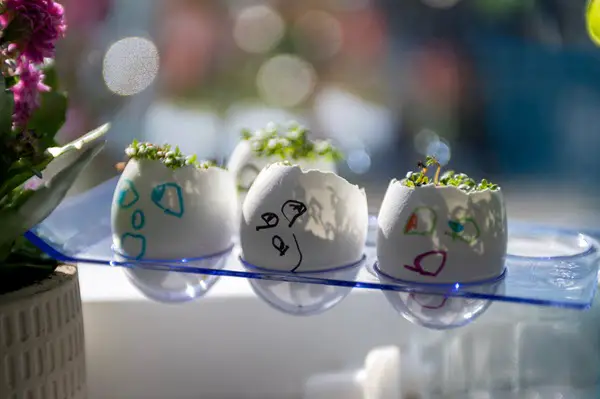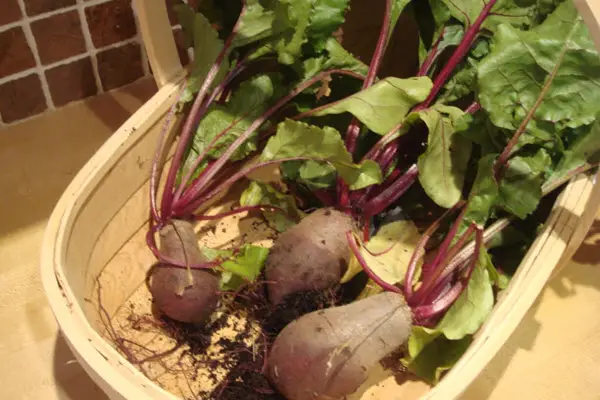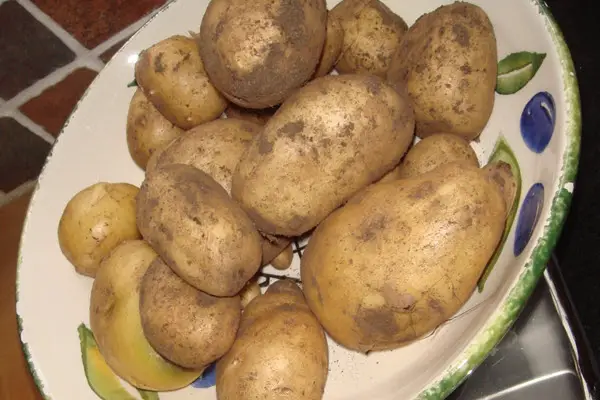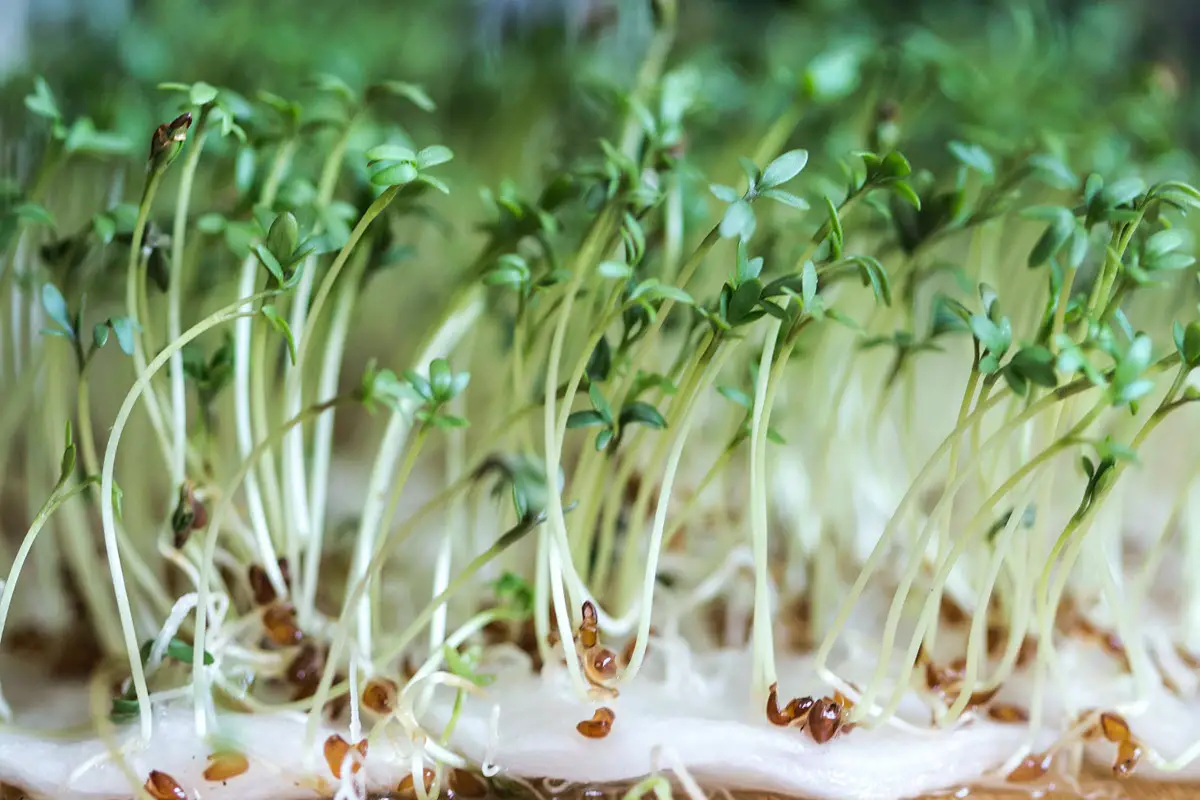How to Start a Vegetable Garden for Kids | 5 awesome tips
Starting a vegetable garden for kids is a great way to combine learning, understanding and physical exercise.
I am extremely lucky to have a garden, but the good news is you don’t even need a garden in order to start growing vegetables with kids. In fact, even with a garden, I love indoor plants and still grow a lot of things inside the house! Need some herbs to add to that roast? Here it is, fresh produce right on my kitchen bench!

Our guide on how to start a vegetable garden for kids covers tips on how to do this on a budget and with minimal space requirements. In fact, you can grow vegetables inside on windowsills, in pots and containers or even in just a small outdoor area.
We’ll cover some of the best vegetables that you can easily grow with kids, how to maximize the learning experience and the health benefits of including your children in growing vegetables.
The Benefits of Starting a Vegetable Garden with Kids
There are some surprising benefits to starting a garden to grow vegetables with children.
- Growing vegetables with kids is a GREAT way to get them to eat their five a day – t never ceases to amaze me how much more veggies my kids eat because they’ve grown them themselves!
- Growing vegetables and gardening can be a great physical activity to undertake – digging and planting is great fun and involves at least a little bit of exercise! It keeps them outside and far from screens!
- Learning about the growth process of plants and what’s involved in growing vegetables is an excellent addition to any school curriculum.

Starting a kid’s vegetable garden can be a daunting process – where to start? What to grow? What to do when?
So these 5 easy tips to starting a vegetable garden for children will get you going with the minimum of fuss and effort.
5 awesome tips on how to start a vegetable garden with kids
Involve Children in the Planning, Planting and Harvesting of Vegetables
Involving your children in the planning of their vegetable garden not only gives you the opportunity to have a joint activity but also allows your kids to gain an understanding of the process of growing.
You can include activities such as creating a vegetable garden map on paper in winter months when it is not possible to grow vegetables outside so that your activity isn’t just about being outside, it’s more of a cerebral activity that includes learning about the process of growing, and the vegetables that can be grown.
You’ll want some graph paper and colored pencils or crayons or stickers, even a whiteboard with magnets so you can update your plan easily. There are some awesome books available for children that explore gardening and the growing of vegetables.
Pick Vegetables that are quick to Grow
Every mom knows how impatient kids can be – mine certainly are! Gardening is no different!
There is no better way to engender enthusiasm for growing vegetables than to have fast results. Working with your kids to select vegetables that are quick growing means that within 3 weeks you could see results. One of the quickest vegetables to grow is cress, which you can eat after just THREE days. Cress can grow on a piece of blotting paper in a windowsill and is a super easy vegetable for kids to start growing.


Vegetables that will grow quickly include salad leaves – taking just about 21 days, or beetroot which can be ready to eat in 35 days, but you can also harvest the leaves to use in a salad before then. Mushroom in grow kits can also grow fast. In as soon as two weeks, you and your kids can start cooking the edible mushrooms your harvest from the kits.
Pick Vegetables that are Easy to Grow
While teaching children to look after and nurture their vegetable garden is a fabulous learning experience, it’s definitely more productive if you make their first garden relatively easy. Many vegetables that can be grown by kids are easy to grow, they don’t take a huge amount of time investment or a huge amount of specific care.
I recommend growing easy vegetables like carrots and potatoes which children are usually familiar with and which are easy to incorporate into family meals without much difficulty. It’s particularly easy to grow carrots in containers and potatoes in bags – which makes it much less of a chore. Growing potatoes in bags is also a seriously fun way to harvest them – just open the flaps on potato bags and find your potatoes to pick!
Be sure when you’re picking the varieties of vegetables that you’re planning to grow that you take the relevant USDA plant Zone Hardiness into account.
Mushrooms are also a fabulously easy vegetable to grow, especially if you use a mushroom growing kit – it’ll teach kids the importance of a routine and caring for veggies no matter what the weather outside.

Provide them with children sized tools for their vegetable garden
When planning your kid’s vegetable garden make sure you allocate some space for storing the tools that you’ll need in the garden. Providing them with a storage space where they can store their own tools will give them a much greater sense of responsibility and commitment to their garden.
Again you don’t need to invest heavily – small children can use an old large spoon for digging, old cups can be used to measure soil or compost into containers. Old bags can be used for planting vegetables. Think also about how your children will water, weed and harvest – and what they can use for that too.
Create a Task List and Garden Calendar
It is much easier to grow your own vegetables if you get into a rhythm and if you can outline all the tasks and jobs needed at each stage of your vegetable growing journey. Including your children in this process and having a highly visible calendar that includes tasks for each child and expected harvest dates will help to keep the momentum of excitement and commitment when your children are growing vegetables.
Creating the task list and calendar can be included in your planning process and involve artwork, spelling and drawing activities.
Involve Your Kids in how their Produce will be used
Involving your children in how their harvest will be used seriously improves their commitment to growing vegetables. This could be as easy as starting to work out what meals to cook – and having them help with the food preparation. This is a great way to get children involved in the meal preparation and simple recipes and there are lots of superb children’s recipe books available, all designed around a variety of age groups.

If your children’s vegetable garden is part of a larger vegetable growing endeavour then why not take the “Lemonade Stand” a step further and help them set up a “Home-grown Produce Stand”? Alternatively – or additionally – help them make up gift baskets of their home-grown vegetables for friends or grandparents birthdays or holiday gifts – they’re amazingly easy to put together with a basket, box and colorful ribbons.
For me, another important aspect of gardening and growing food is food waste and composting! Making sure food waste goes back to the garden and not to landfills completes the life-cycle of vegetable growing.
Final Words on How to Start a Vegetable Garden for Kids
The process of starting a vegetable garden with children is an awesome learning experience that combines planning, a medium-term commitment and the exploration of nature with your kids. We hope our tips on how to start a vegetable garden for kids has given you a head start on what you can do to make this a fun and educational experience for all involved. We’d love to know how you get on with starting your vegetable garden! Let us know in the comments – and what you decide to grow!






